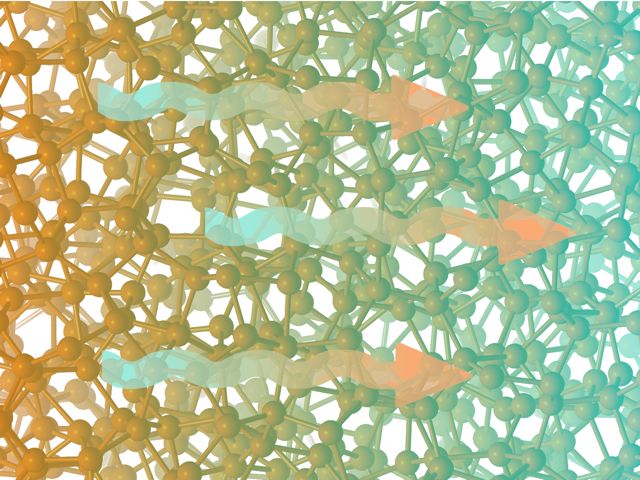A new unified theory for heat transport accurately describes a wide range of materials – from crystals and polycrystalline solids to alloys and glasses – and allows them to be treated in the same way for the first time. The methodology, which is based on the Green-Kubo theory of linear response and concepts from lattice dynamics, naturally accounts for quantum mechanical effects and thus allows for the predictive modelling of heat transport in glasses at low temperature – a feat never achieved before, say the researchers who developed it. It will be important for better understanding and designing heat transporting devices in a host of applications, from heat management in high-power electronics, batteries and photovoltaics to thermoelectric energy harvesting and solid-state cooling. It might even help describe heat flow in planetary systems.
“Heat transport is the fundamental mechanism though which thermal equilibrium is reached,” explains Stefano Baroni of the Scuola Internazionale Superiore di Studi Avanzati (SISSA) in Trieste, Italy, who led this research effort. “It can also be thought of as the most fundamental manifestation of irreversibility in nature – as heat flows from warm areas in the same system to cooler ones as time flows from the past to the future (the ‘arrow of time’). What is more, many modern technologies rely on our ability to control heat transport.”
However, despite its importance, heat transport is still poorly understood and it is difficult to simulate the heat transport of materials because of this lack of understanding. To overcome this knowledge gap, researchers employ various simulation techniques based on diverse physical assumptions and approximations for different classes of material – crystals on one hand and disordered solids and liquids on the other.
